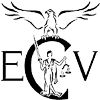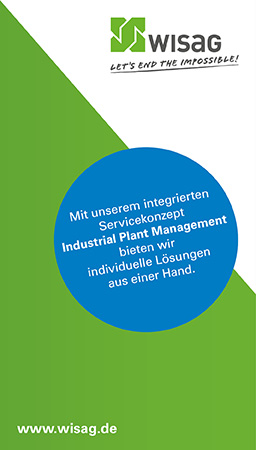Kontaktwinkel und spezifische Oberfläche von a-Lactose-Monohydrat nach Behandlung mit überkritischem KohlendioxidSabrina Gerickea, Manfred Wolfa, Hartmut Kröberb, Ulrich Teipelb und Klaus-Jürgen Steffensa Pharmazeutisches Institut, Pharmazeutische Technologie, Rheinische Friedrich-Wilhelms-Universitäta, Bonn, und Fraunhofer Institut für Chemische Technologie (ICT)b, Pfinztal Contact Angle and Specific Surface of a-Lactose Monohydrate after Treatment with Supercritical Carbon Dioxide In the pharmaceutical industry the micronization and the surface treatment with supercritical fluids become increasingly significant. A substance becomes a supercritical fluid, if pressure and temperature rise above the critical pressure (pc) and critical temperature (Tc). Under this condition the substance possesses the same physical characteristics as a gas (e.g. viscosity) and as a fluid (e.g. density). The study has shown how much influence the treatment with supercritical CO2 has on the wettability and specific surface of a-lactose monohydrate. The measurements were carried out by the contact angle according to the Washburn method and the specific surface according to the gas adsorption of Brunauer, Emment and Teller (BET). After treatment with supercritical CO2 the water uptake of sieved a-lactose monohydrate is clearly reduced while the contact angle is increased. The hydrophilic surface becomes more lipophilic, the polarity decreases and the result is a "smooth-surface". The specific surface is strongly reduced, which suggests a reduction of the submicron material on the particle surface.
|
Key Words alpha-Lactose-Monohydrat · Benetzbarkeit · Kontaktwinkel · Spezifische Oberfläche · Überkritische Fluide
|
|
pharmind 2003, Nr. 6, Seite 619




